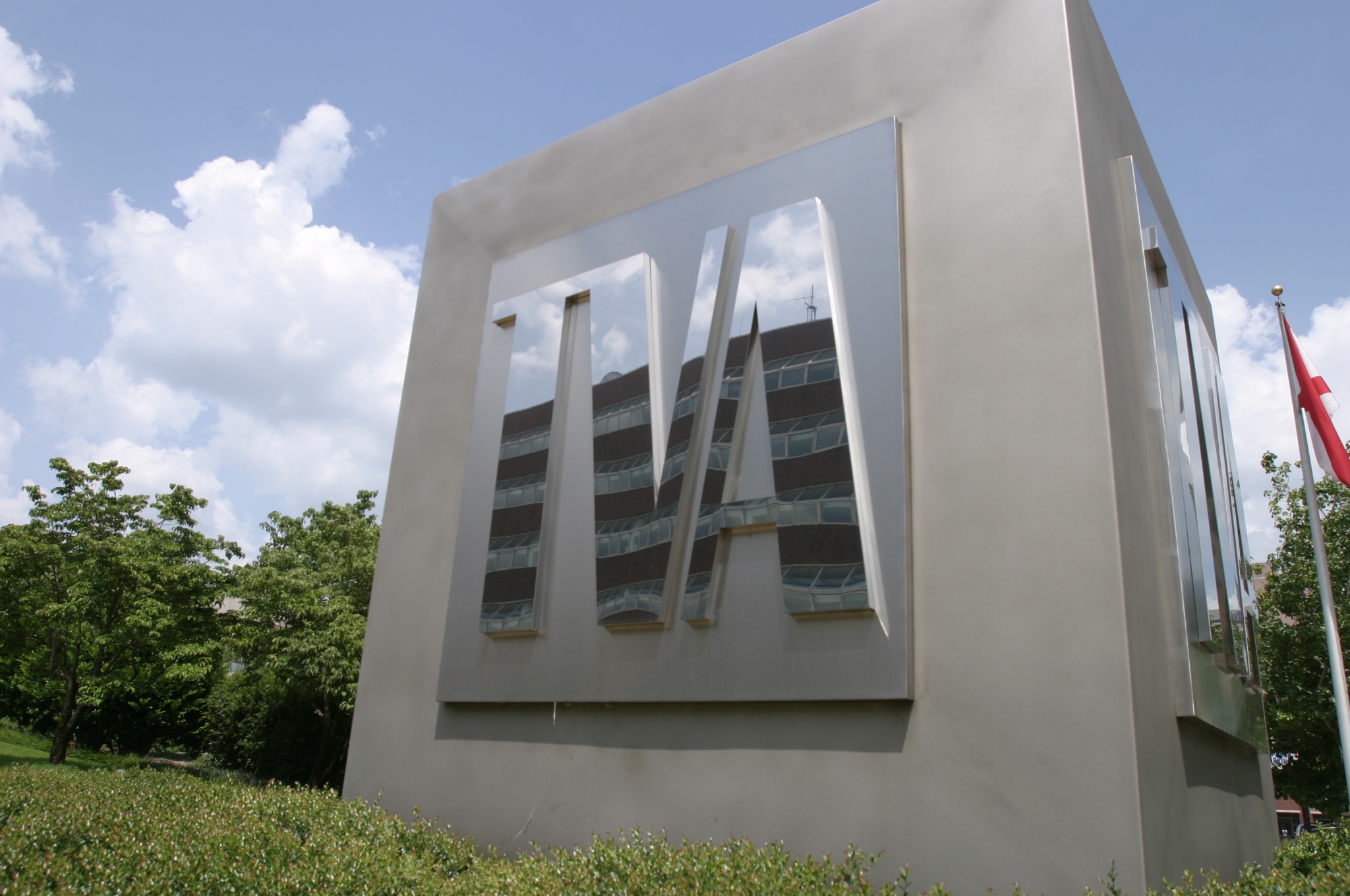Report tallies continuing TVA ash spill costs
Friday, January 1, 1904
READ THE STUDY, OFFER COMMENTSThe full study is available online at www.epakingstontva.gov or www.tva.gov/kingston. TVA is taking public comments by email by from Aug. 11 through Sept. 10. A public hearing is planned Aug. 21 at Roane County High School.THE STORY SO FAR• About 5.4 million cubic yards of wet coal ash spilled from a mounded landfill when an earthen wall collapsed Dec. 22, 2008, at TVA's Kingston coal plant in Harriman, Tenn.• About 865,000 cubic yards of ash was removed from the Emory River by the end of 2011.• A second phase of ash excavation is about 60 percent complete. About 750,000 cubic yards of ash has been removed and 380,000 cubic yards remain to be moved in that operation.• Phase 3 options are outlined in a new report that states another 500,000 cubic yards of ash still lies underwater in the Emory, Clinch and Tennessee rivers.
Although TVA has excavated more than 1.6 million cubic yards of coal ash from the Emory and Clinch river area, the utility and EPA are looking at ways to handle another 500,000 cubic yards of ash that remain underwater in the Emory, Clinch and Tennessee rivers.
The alternatives being considered to deal with the residual ash from the 2008 Kingston ash spill will cost TVA a minimum of $10 million and as much as $179 million, according to an engineering evaluation and cost analysis report released Friday by the U.S. Environmental Protection Agency.
That minimum -- $10 million -- would be the cost for no additional removal. Instead, that money would be spent monitoring the underwater ash and the environment nearby for the next 30 years.
EPA and the Tennessee Valley Authority refer to that option as "monitored natural recovery."
Alternative 2, "in-situ capping," would include a 6-inch thick blanket of gravel to cover ash deposits on 200 acres of river bottom or 160 acres of river bottom most likely to erode.
The cost, including 30 years of monitoring, is estimated at $44.8 million to $38.7 million, respectively.
Alternative 3 is dredging, similar to how TVA cleaned up the bulk of the 5.2 million cubic yard ash spill that occurred Dec. 22, 2008, when the earthen wall of the wet ash landfill collapsed.
Removing most of the residual ash -- 440,000 cubic yards -- would cost $179.1 million, according to the report.
Dredging less, in areas targeting only shallower waters "of particular ecological significance (160,000 cubic yards)," would cost $83.4 million.
Pollution's legacy
When an earthen wall collapsed beneath 50 years' accumulation of wet coal ash in Harriman, Tenn., three days before Christmas in 2008, the result was a toxics-laden gray mud that oozed over about 400 acres of river and rural residential property.
Only three homes were immediately destroyed, and no one was killed. But in the spill's aftermath, TVA purchased almost all the nearby homes when many residents said they were afraid or no longer wanted to stay there.
By the end of 2011, TVA had dredged and cleared nearly 865,000 cubic yards of ash from the Emory River. Today, TVA contractors continue working on a second phase of the cleanup, which includes building a new perimeter wall for the landfill and shoveling most of the "recovered" ash back into the landfill and capping it.
The new report outlines the third phase of cleanup.
Craig Zeller, EPA's Kingston cleanup project manager, said much of the area where ash remains underwater also is contaminated with "legacy" pollution from Oak Ridge, Tenn.
Officials initially opted to leave the residual ash in place pending more study -- something this new report offers, he said.
TVA spokesman Travis Brickey said the expenses tallied in the study are part of the estimated $1.2 billion final cleanup cost.
